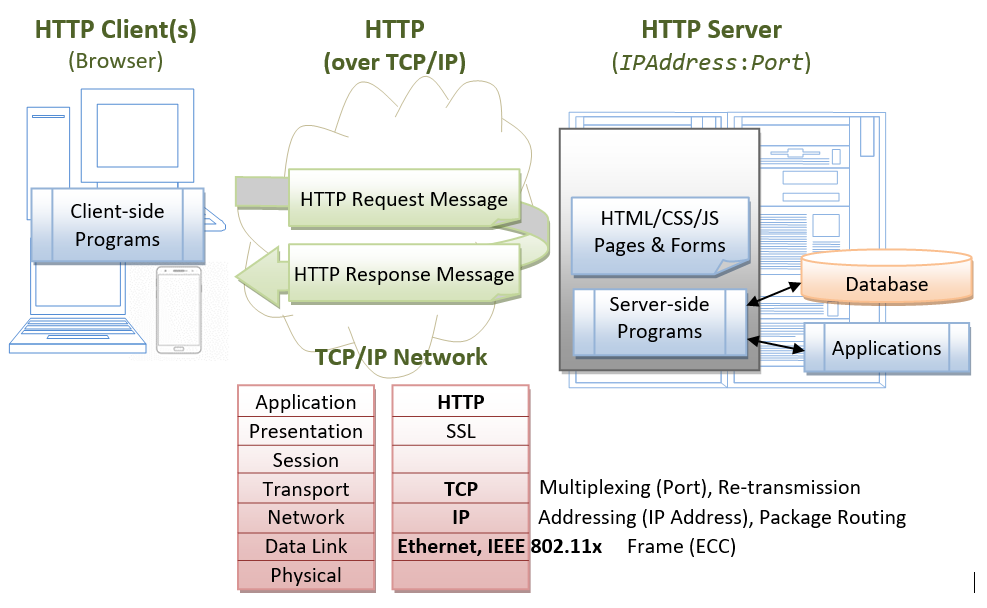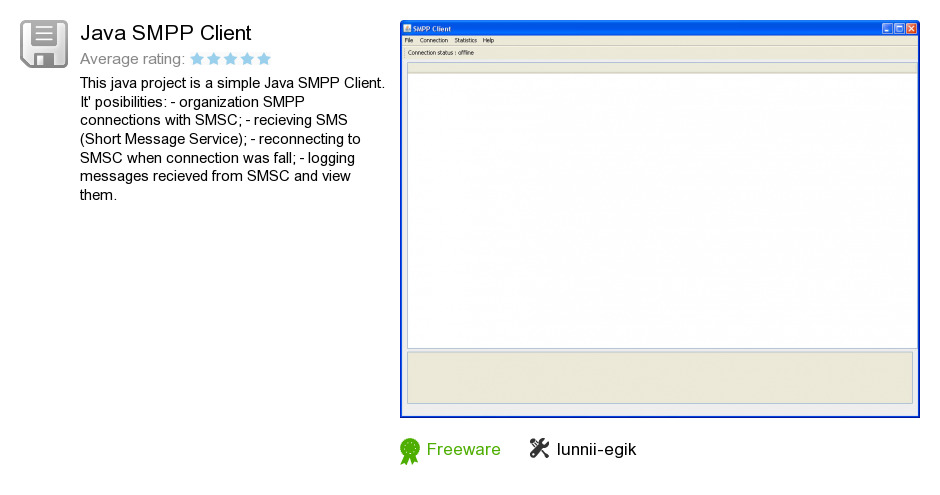

Public long getConnectTimeout() Returns: the max time, in milliseconds, a connection can take to connect to destinations.
#JAVA HTTP CLIENT REGISTRATION#
The name is also used to generate the JMX ObjectName of this HttpClientĪnd must be set before the registration of the HttpClient MBean in the MBeanServer. Public getName() Returns: the name of this HttpClient


Methods inherited from class .component.

ContainerLifeCycle addBean, addBean, addEventListener, addManaged, contains, destroy, dump, dump, dump, dump, dumpBeans, dumpObject, dumpObjects, dumpStdErr, dumpThis, getBean, getBeans, getBeans, getContainedBeans, getContainedBeans, isAuto, isManaged, isUnmanaged, manage, removeBean, removeBeans, removeEventListener, setBeans, setStopTimeout, start, stop, unmanage, updateBean, updateBean, updateBeans Whether request/response events must be strictly ordered with respect to connection usage. HttpClient.newRequest(" void onComplete(Result result) HttpClient.GET(" // Building a request with a timeoutĬontentResponse response = httpClient.newRequest(". HttpClient httpClient = new HttpClient() HttpClient also acts as a central configuration point for cookies, via getCookieStore(). HttpClient transparently pools connections to servers, but allows direct control of connections HttpClient acts as a central configuration point for network parameters (such as idle timeouts)Īnd HTTP parameters (such as whether to follow redirects). Requests in a one-liner, but also gives the ability to fine tune the configuration of requests via HttpClient provides easy-to-use methods such as GET(String) that allow to perform HTTP To perform HTTP requests to a server through a simple API that offers also blocking semantic. HttpClient provides an efficient, asynchronous, non-blocking implementation


 0 kommentar(er)
0 kommentar(er)
